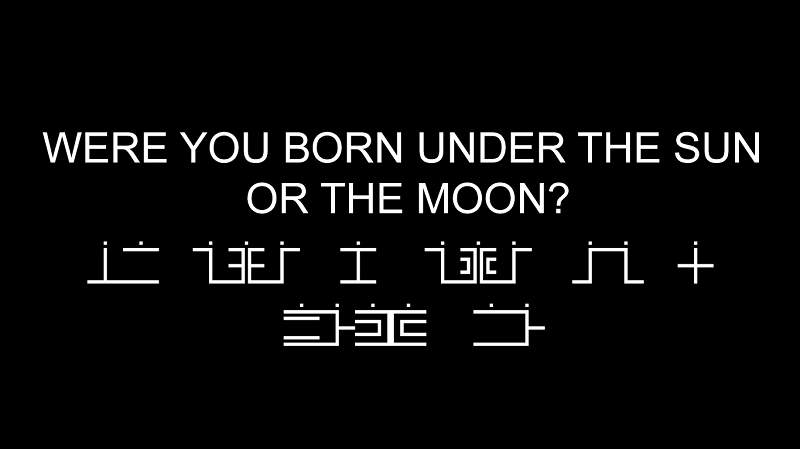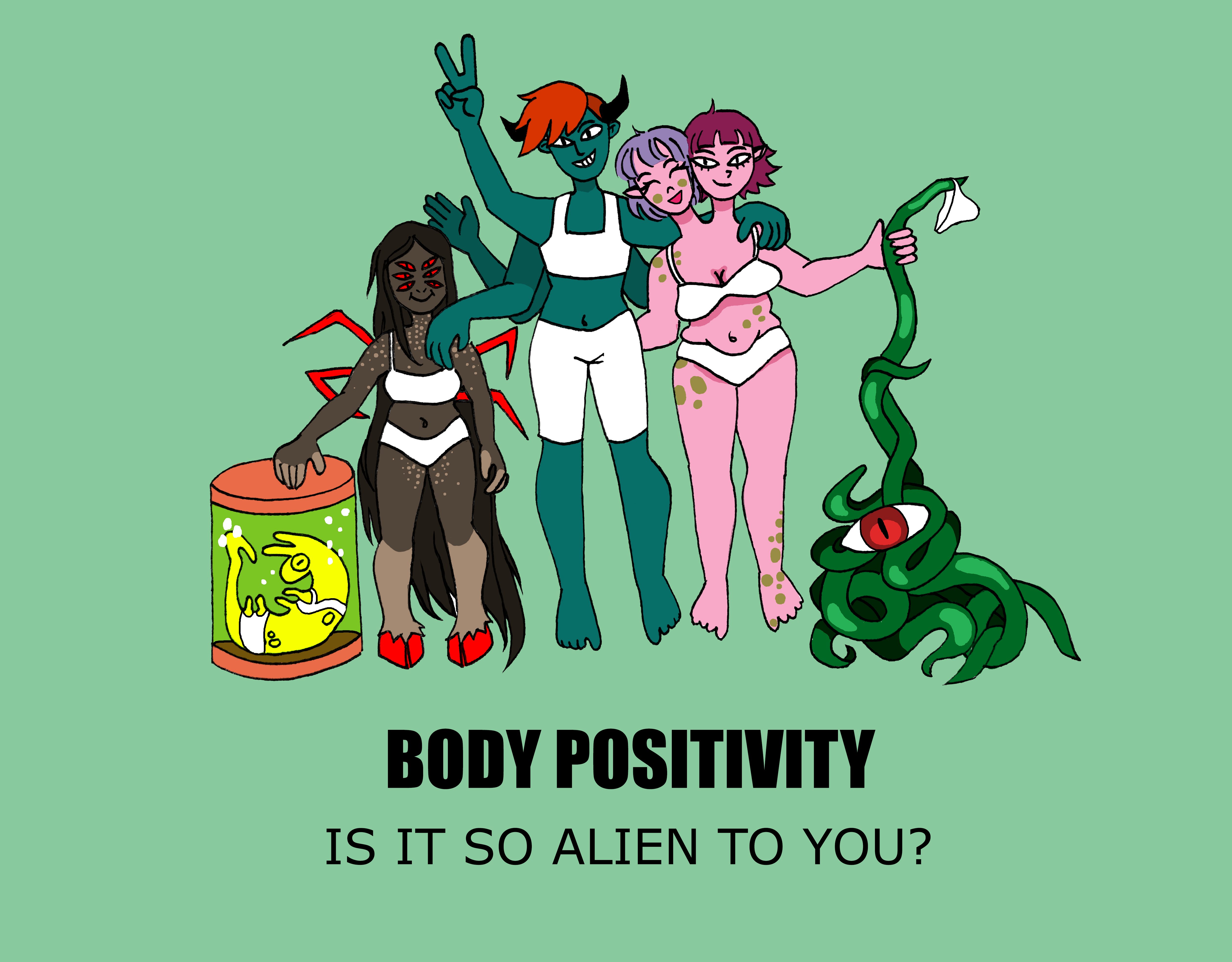This conference project was inspired by another student’s work I saw a couple of years ago at one of the end-of-semester exhibitions. Their project involved, from what I remember, a person wearing a mask and anonymously handing out white note cards to people standing around, each with a perplexing phrase in tiny black text. I was reminded of this project when we discussed in class the idea of the social object. To me, that note card was a powerful social object that prompted conversation, speculation, and mystery among its recipients. I wanted to replicate those feelings I had when I received the note card by trying to create a social object of my own.
The project went through a few different iterations. Before deciding on the social object I would use, I first considered what other methods of distribution might be effective. One idea was to leave these little objects in different places. I could add more and more, causing a pile to accumulate, or spread them all over campus. The hope would be that people would start to notice rubber ducks (or whatever object) everywhere and that it would encourage conversation. But the fatal flaw in this idea is the hyper-attention by the college to maintain a pristine image. Any ducks in the campus center would be removed upon discovery and discarded. Ducks in other places would potentially meet this fate as well. At the time, I was really bummed about my posters getting trashed in the campus center, and didn’t want to go down that route again. However, it still seems like a fun project that I’d love to try on my own. I could see it being very easy to do around Heimbold, but maybe it would be more fun to see how far I could push it.
I had another idea that I could set up a table in the campus center and pass out the little objects, but it seemed sort of impersonal. Plus, it was unlikely that many people would be convinced to stop what they are doing and participate of their own volition. I considered how important the confrontation aspect was, and went back to the idea of handouts.
Then, I had to decide on the objects. I perused many children’s party wholesale stores online and found cockroaches, sticky hands, safari animals, rings, and other cheap little doodads. Upon showing these to Angela, she stressed the importance of the meaning or potential interpretation of the object. If you handed me a sea creature, I’d think this was about climate change, she told me. I reconsidered about all of the objects I was contemplating and didn’t think any of them matched the message I wanted to make anymore. It would be just like the way SLAC hands out useless junk like plastic bookmarks and slime; nobody really cares and it gets thrown away. I needed the project to reach a more personal level than that, and I knew I could achieve that with a unique object that indicated a bit more thoughtfulness: rocks!
Every rock is different in shape, size, weight, color, pattern, and texture. The rock I think is the most special might not be the rock you are drawn to. Perhaps some people do not think rocks are special at all. But if you’ve ever received a rock from someone as a gift, and they said something like “I saw this and thought of you,” you know how special rocks can be. Or leaves, bottlecaps, butterfly wings, or anything from the ground that might catch your eye while walking. It costs no money at all, but it’s a treasure for sure. This was the feeling I wanted to convey when handing them out. That element of specialness was essential for this to work.
I collected stones from around the campus center itself. They were heavier than expected, and I transported them in a pillowcase over my shoulder like rock-Santa. In my last conference with Angela, we discussed the significance of the vessel from which I picked the rocks. I could wheel them around on a dolly, but that might be too extravagant. The idea was that mystery and magic would play a role, but maybe simple was actually better. A tray is much more confrontational. Even more so when it’s covered in rocks and you have to prop it on the table where someone is eating in order to give them one, I discovered later, as that was the method I decided to use.
The question of my physical presentation was also an important consideration. At first I wanted to wear a disguise. If nobody knew it was me, people’s reactions wouldn’t be based on our relationship. But taking myself out of it takes so much of the personal part away too.
Plus, I don’t really know anyone anyway, and the mask might be suggestive of something unintentional. I was really stumped as to what to do when Angela suggested I wear my all-green outfit: normal enough to still be me, but weird enough in combination with the tray full of rocks to make you wonder what exactly was happening.
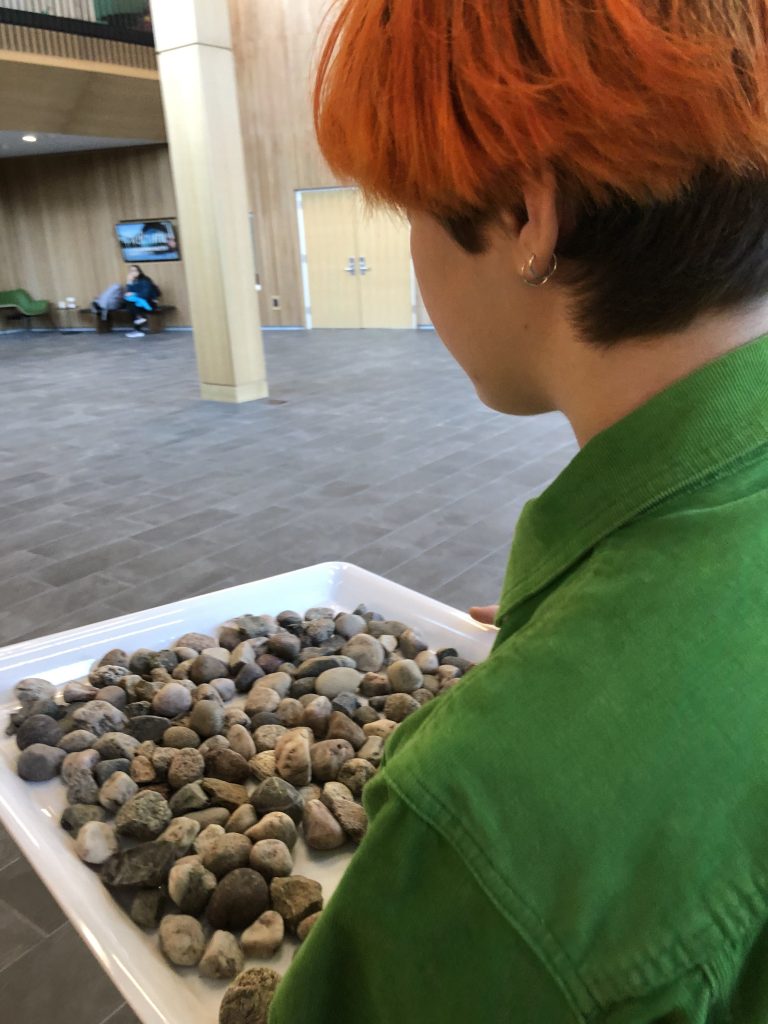
My performance was on a Sunday. The diner at the campus center opens at 2:00 PM on the weekends, so I went around then. I ate lunch while waiting for the place to fill up a bit more. Then, I put my tray on the table and dumped my sack full of rocks onto it. The sound was ridiculous. I started in the back of the room and worked my way up so I wouldn’t miss anyone. My spiel went like this:
“Hi, sorry to interrupt your lunch. Is it ok if I rest this here for a second? What a wonderful coincidence that you’re here right now. When I found this rock, your face appeared in my mind, and knew I had to get it to you.”
Then, I would place the rock I had chosen in their palm and ask, “With an open palm, do you accept this rock?” They would agree. “Will you protect this rock?” They promised. “It reminded me of you,” I’d say, then move onto the next table.

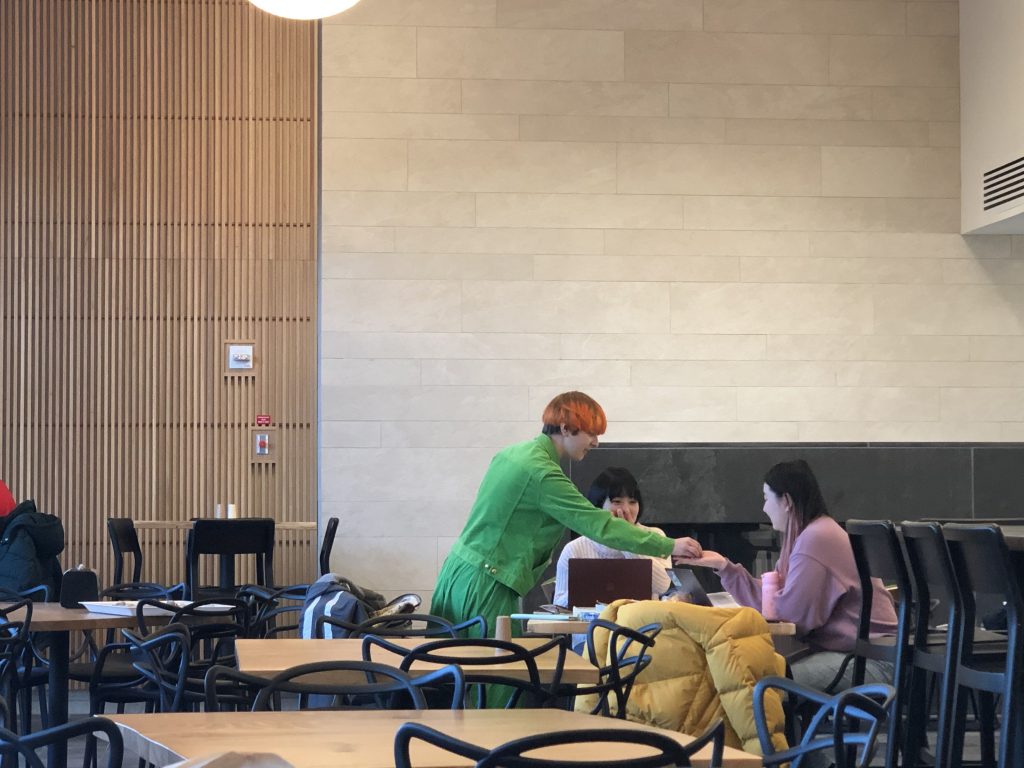
I did this for about 40 minutes. The rocks became heavy. Everyone I approached accepted the rock, except for one, to whom I said “The rock calls another name”. Most people were confused, but then delighted to receive a special rock chosen just for them, especially at tables with more than one person. Someone told me it made their day. A friend of my housemate who I gave a rock sent my housemate a text asking if I was okay, or if it was just a performance. A couple people complimented my outfit. A few asked where the rocks were from, and I made something up each time. Afterwards, a post was made about me on Instagram. I had succeeded in creating a social object.

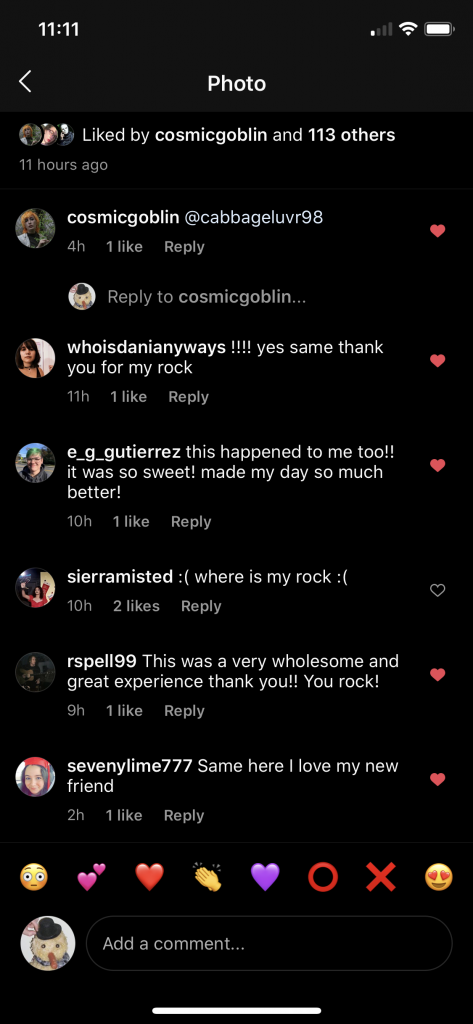
Something I’ve learned about myself is that I enjoy trying to disrupt the normal and the socially acceptable, since I don’t really ascribe to either of those things. I will likely never give up on the idea of forcing myself to approach people to see what will happen. Going out and acting “embarrassingly” is freeing. I feel that my existence is a performance, so I’ll continue to perform as long as I exist. I hope to revisit some of the ideas that didn’t make it to the final product of this conference in the coming semester. School is good fun when you take a class that’s graded based on the execution of your pranks!
